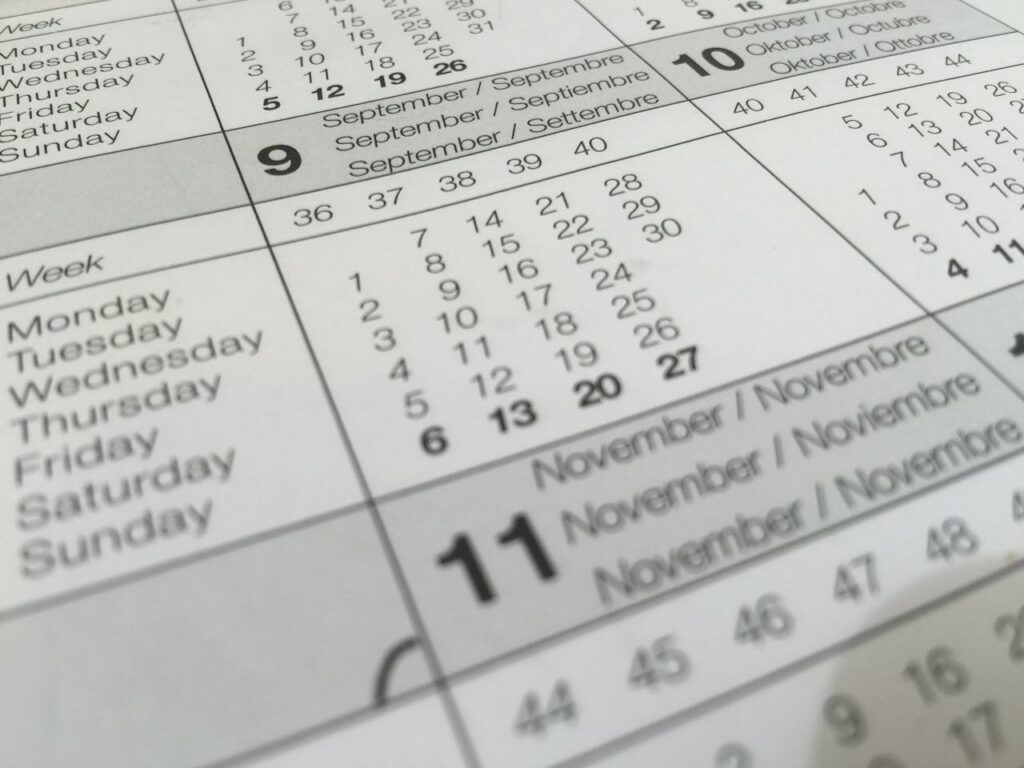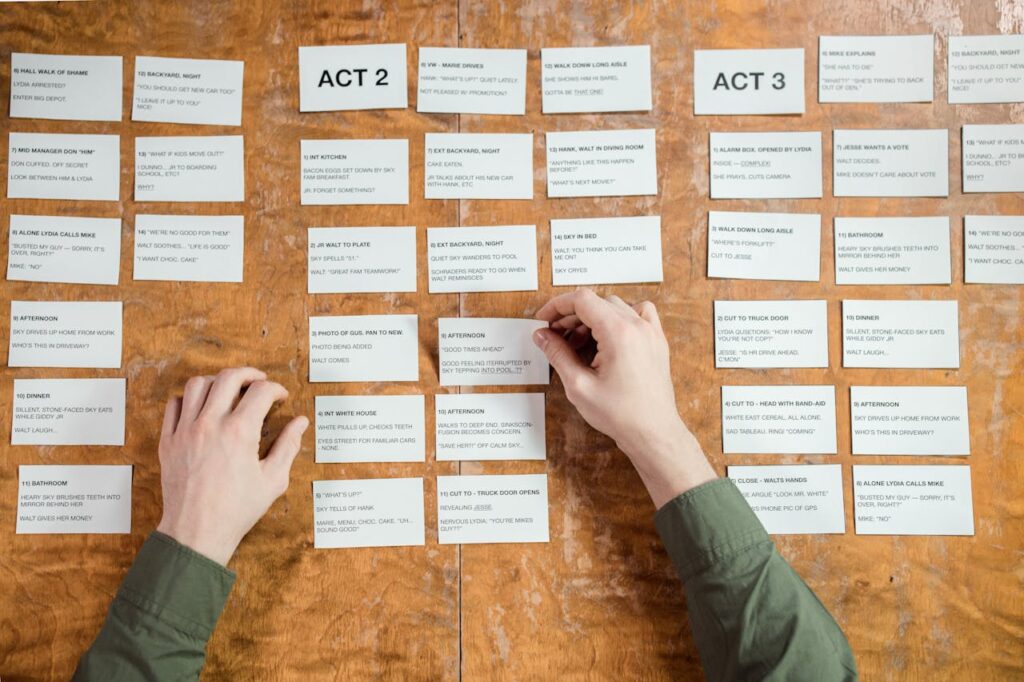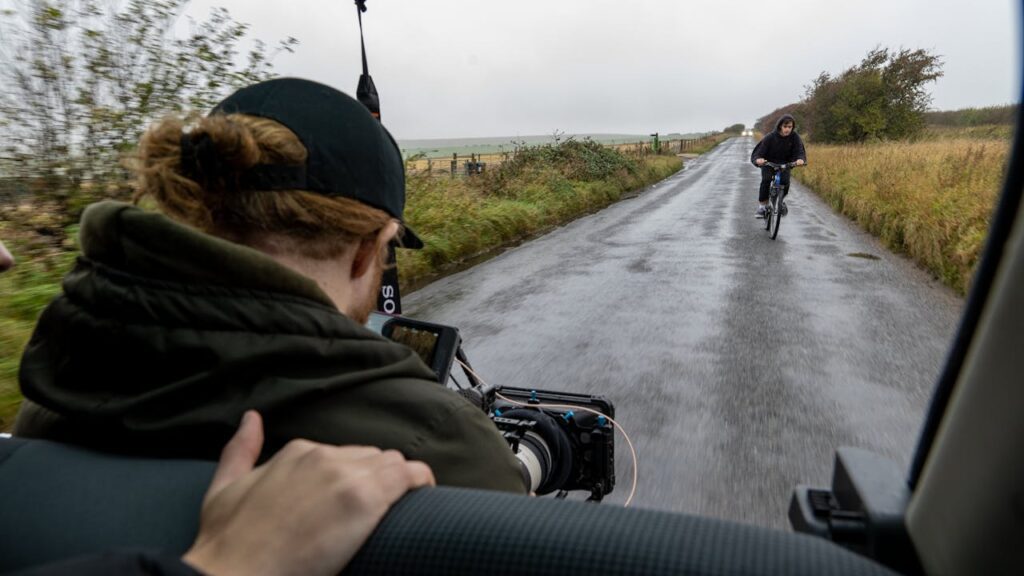Must-Read Tips for Creating a Successful Shooting Schedule
Creating a successful shooting schedule is one of the most critical tasks in filmmaking, especially for indie filmmakers working with limited resources. A well-organized shooting schedule can be the difference between a smooth production process and a chaotic one. Whether you’re a seasoned filmmaker or just starting out, mastering the art of scheduling can save you time, money, and countless headaches.
In this blog post, we will dive into must-read tips for creating an efficient shooting schedule. From breaking down your script to managing cast and crew availability, we’ll cover everything you need to know to keep your production on track. By the end of this post, you’ll have a comprehensive understanding of how to create a shooting schedule that works for you and your team.
Understanding the Basics of a Shooting Schedule

What is a Shooting Schedule?
A shooting schedule is a detailed plan that outlines what will be filmed and when. It breaks down the entire production process into manageable parts, specifying which scenes will be shot on which days, and at which locations. This plan is essential for keeping the production organized and ensuring that every element of the shoot is accounted for.
Why is a Shooting Schedule Important?
A well-crafted shooting schedule is crucial because it helps manage time and resources effectively. For indie filmmakers, where budgets and resources are often limited, having a precise schedule can make the difference between a successful shoot and a disastrous one. It ensures that every day on set is productive and that the team knows what to expect.
Key Elements of a Shooting Schedule
Several key elements are essential to a shooting schedule. These include scenes, locations, cast availability, and crew coordination. Each element must be carefully planned and timed to avoid any conflicts or delays. By considering these components, filmmakers can create a comprehensive schedule that keeps the production running smoothly.
Understanding these basics is the first step toward mastering your shooting schedule. With these fundamentals in mind, you can begin to craft a schedule that will keep your film production on track and on budget.
Start with a Script Breakdown

Script Breakdown
The first step in creating a successful shooting schedule is breaking down your script. This process involves analyzing your script scene by scene to identify all the elements needed for each shot. These elements include cast members, props, costumes, special effects, and locations. By breaking down your script, you can ensure that nothing is overlooked and that every scene is planned meticulously.
Tools for Script Breakdown
Using tools and software for script breakdown can significantly streamline this process. Programs like Movie Magic Scheduling and Celtx offer features that help you tag and organize various elements within your script. These tools can automatically generate breakdown sheets, making it easier to see what’s needed for each scene at a glance. Leveraging technology in this way can save you a lot of time and reduce the chances of errors.
Benefits of a Detailed Script Breakdown
A detailed script breakdown is invaluable for creating an accurate shooting schedule. It helps you visualize the scope of your project and ensures that you have accounted for every detail. This thorough preparation allows you to allocate resources efficiently, plan for potential challenges, and avoid last-minute surprises. Ultimately, a comprehensive script breakdown lays the foundation for a smooth and successful shoot.
Starting with a script breakdown is a critical step in the filmmaking process. By understanding and organizing every element of your script, you can create a shooting schedule that is realistic, efficient, and adaptable to changes. This preparation is key to keeping your production on track and ensuring the success of your indie film.
Prioritize Scenes and Locations

Scene Prioritization
When creating a shooting schedule, prioritizing scenes is essential. Start by identifying which scenes are the most complex or critical to the story. These might require more time, special effects, or specific lighting conditions. By prioritizing these scenes, you can ensure they get the attention and resources they need. Additionally, shooting these scenes early in the schedule can help address any unforeseen issues without derailing the entire production.
Location Grouping
Grouping scenes by location is another effective strategy for an efficient shooting schedule. Instead of constantly moving your cast, crew, and equipment from place to place, aim to shoot all scenes that take place at the same location consecutively. This approach minimizes travel time and setup costs, allowing you to make the most of your time on set. It also helps in maintaining continuity and reducing the stress of multiple location changes.
Benefits of Prioritization
Prioritizing scenes and locations not only saves time and resources but also helps maintain the morale of your cast and crew. When the team sees a well-organized schedule, they can work more effectively and stay motivated. For example, let’s say you’re filming a drama with several scenes in a café. Instead of scattering these scenes throughout the shooting schedule, block them together. Film all the café scenes in a few days, allowing for a smoother and more cost-effective shoot. This method also gives the actors a better sense of continuity, which can enhance their performances.
By prioritizing scenes and locations, you can create a shooting schedule that maximizes efficiency and minimizes disruptions. This careful planning is crucial for keeping your production on track and within budget, ensuring the overall success of your indie film.
Optimize for Cast and Crew Availability

Scheduling around Availability
Optimizing your shooting schedule around the availability of your cast and crew is crucial. Start by collecting availability information from everyone involved in the production. This includes key actors, directors, and essential crew members. By understanding when each person is available, you can create a schedule that accommodates everyone’s commitments and avoids conflicts. This proactive approach ensures that your team can work efficiently without unnecessary delays.
Clear Communication
Clear and consistent communication is key to managing availability effectively. Keep your cast and crew informed about the schedule and any changes that may arise. Use emails, group chats, or scheduling apps to keep everyone in the loop. Regular updates and open lines of communication help to prevent misunderstandings and ensure that everyone is prepared for their respective roles on set. This transparency builds trust and keeps the production running smoothly.
Scheduling Tools and Apps
There are numerous tools and apps available to help manage cast and crew availability. Programs like Doodle, and CrewCall are designed to streamline the scheduling process. These tools allow you to track availability, send reminders, and make real-time adjustments to the schedule. Utilizing such technology can save time and reduce the complexity of coordinating multiple schedules.
Optimizing for cast and crew availability is a vital part of creating a successful shooting schedule. By coordinating schedules, maintaining clear communication, using helpful tools, and staying flexible, you can ensure that your production runs smoothly and stays on track. This careful planning is essential for the success of your indie film project.
In Conclusion
Mastering the art of creating a shooting schedule is fundamental for indie filmmakers aiming for a successful production. Throughout this blog post, we’ve explored essential tips and strategies to help you craft an efficient shooting schedule tailored to your film project’s needs. From starting with a detailed script breakdown to optimizing for cast availability and implementing time management techniques, each step plays a crucial role in ensuring a smooth and productive shoot.
Now equipped with these insights, you can begin applying them to your own filmmaking endeavors. Take the time to break down your script meticulously, prioritize scenes and locations thoughtfully, and coordinate with your cast and crew effectively. By integrating these practices into your workflow, you can enhance organization, minimize disruptions, and maximize the quality of your film.
And one last thing before you wrap up! If you’re a budding filmmaker who is working on a short film but needs a bit of help when it comes to funding, check out our short film funding contest. By entering the contest, you could earn up to $10,000 in funding for the production of your short film! In order to enter, you need to start by submitting just one sentence that explains the premise of your short film and why you need our help. Unlike other funding avenues we don’t ask for a script! Head to our sign-up page to learn more and enter now.